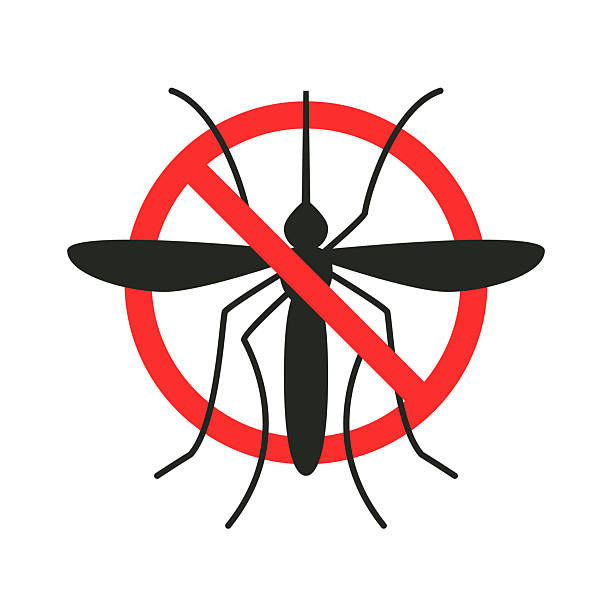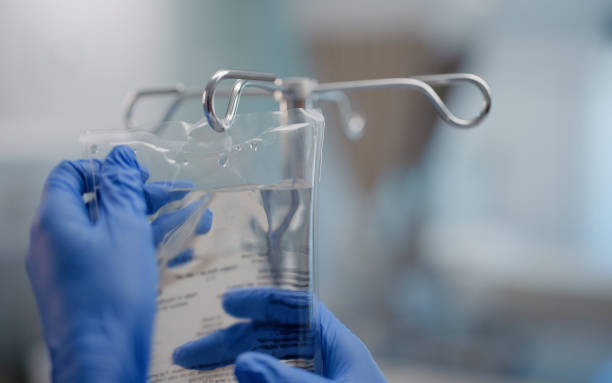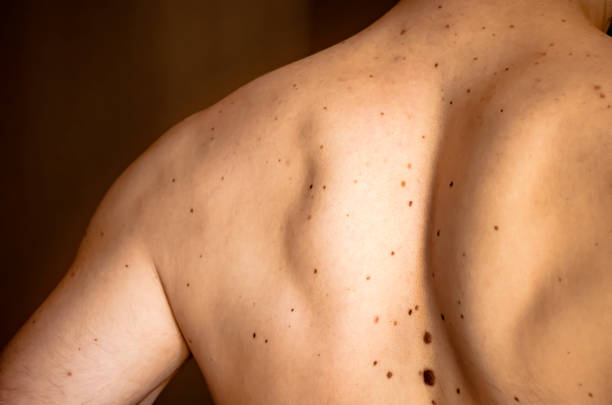Scientists apply a ‘Trojan Horse’ method to develop novel antimalarial medicine
By Morgan Nwanguma
Understanding how parasites function provides crucial insights for developing new drugs and therapies.
Antimalarial drug resistance remains a significant challenge in controlling the global spread of malaria. In a recent study, researchers identified a key process in which malarial parasites absorb a human blood cell enzyme—an insight that could lead to novel treatment approaches.
Scientists at Children’s Hospital of Philadelphia (CHOP) uncovered this process, offering a potential breakthrough in the fight against malaria. Their findings, published in Proceedings of the National Academy of Sciences, shed light on strategies for designing more effective drugs to combat this deadly disease.
Despite the availability of treatments and preventive measures, malaria continues to infect over 250 million people annually, causing more than 600,000 deaths—primarily among children under five. Alarmingly, malarial parasites have developed resistance to nearly all existing antimalarial drugs. Artemisinin-based combination therapies (ACTs) have saved millions of lives, but ACT-resistant strains have emerged in Southeast Asia and Africa, underscoring the urgent need for new treatment strategies.
One major hurdle in drug development is poor absorption in the gastrointestinal tract or rapid elimination from the body. To address this, researchers explore the use of prodrugs—compounds that remain inactive until they reach their target, where they are activated by an enzyme. Acting like a Trojan horse, prodrugs improve drug delivery and effectiveness. CHOP researchers aimed to understand how antimalarial prodrugs are activated, paving the way for more efficient malaria treatments.
“Prodrugging is an enticing strategy because these drugs have methods for getting through the layers of protection offered by membranes of the parasite and host cells, as well as a drug ‘warhead’ that effectively kills the parasite,” said senior study author Audrey R. Odom-John, MD, PhD, chief of the Division of Infectious Diseases at CHOP. “We’ve been working on prodrugs that might be effective for treating malaria, but in doing so, we’ve also needed to learn what kinds of enzymes within the parasite are capable of activating the prodrug, as that information is critical to understanding the nature of the target for future antimalarial strategies.”
In this study, researchers discovered that a human enzyme, acylpeptide hydrolase (APEH), serves as the primary activator of several antimalarial prodrugs known as lipophilic ester prodrugs. Normally present in red blood cells, APEH is unexpectedly absorbed into the parasite’s cytoplasm during malaria infection, where it remains active. Their findings suggest that APEH activates these prodrugs within the parasite, significantly enhancing their potency.
Although unexpected, this discovery could aid in the development of “resistance-proof” prodrugs. Drug resistance often arises from mutations in enzymes that activate prodrugs. However, because APEH is a host enzyme rather than a parasite enzyme, the parasite cannot mutate it—reducing the likelihood of resistance through this mechanism.
“Based on our findings, we believe that leveraging an internalized host enzyme would circumvent these issues and enabling the design of prodrugs with higher barriers to drug resistance,” said first study author Sesh A. Sundararaman, MD, PhD, an attending physician with the Division of Infectious Diseases at CHOP. “This might eventually lead to the development of parasite- or bacteria-specific prodrugs that are less reliant on specific enzymes.”
This research project was backed by the PIDS-St. Jude Children’s Research Hospital Fellowship Award in Basic and Translational Science, the National Institutes of Health grants R01AI171514, R01AI123433, T32AI141393, the Doris Duke Foundation Paragon of Research Excellence Award, the Indiana Academy of Sciences Senior Research Grant and CHOP.





